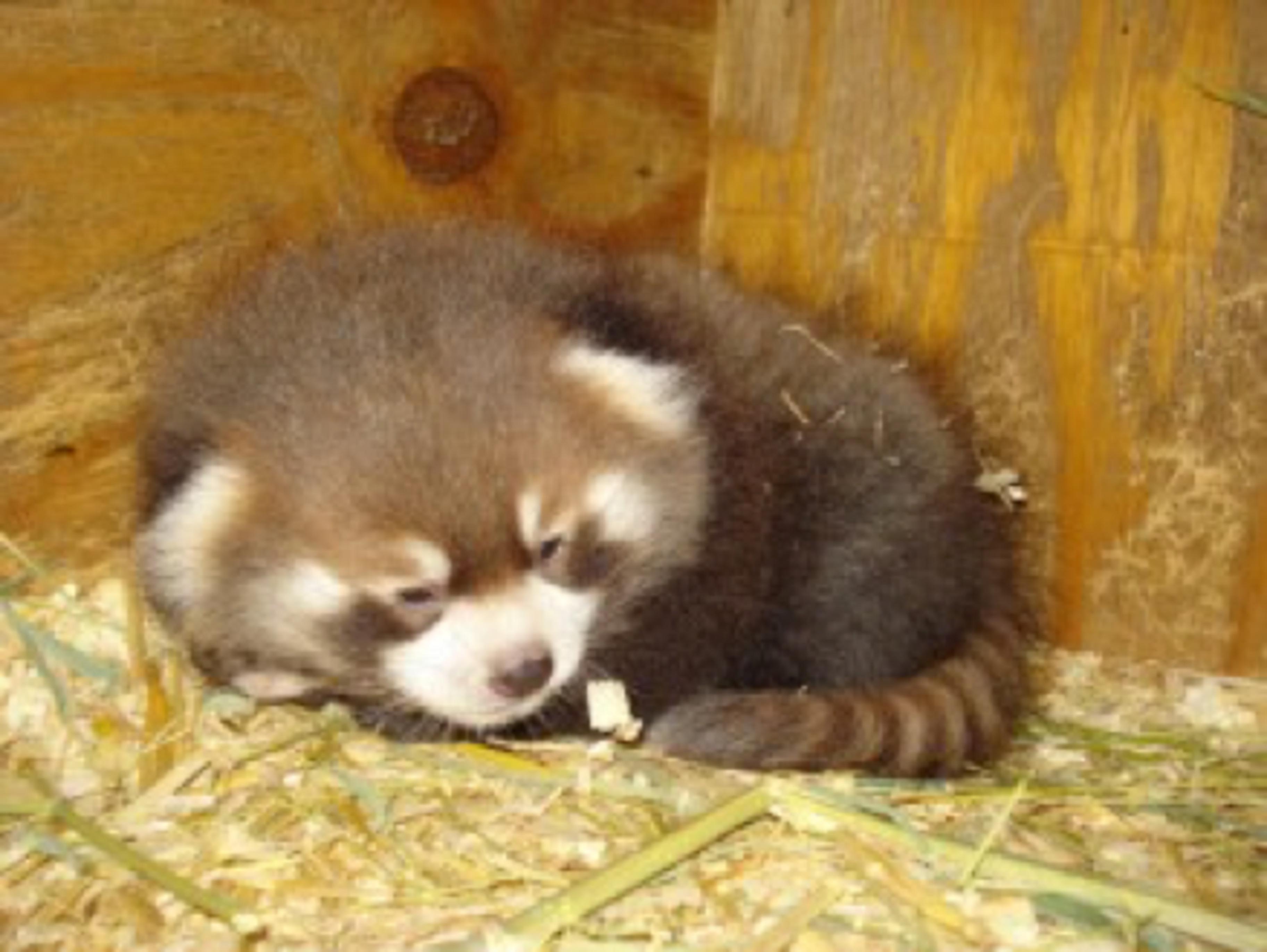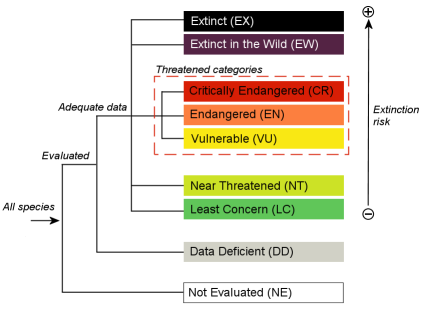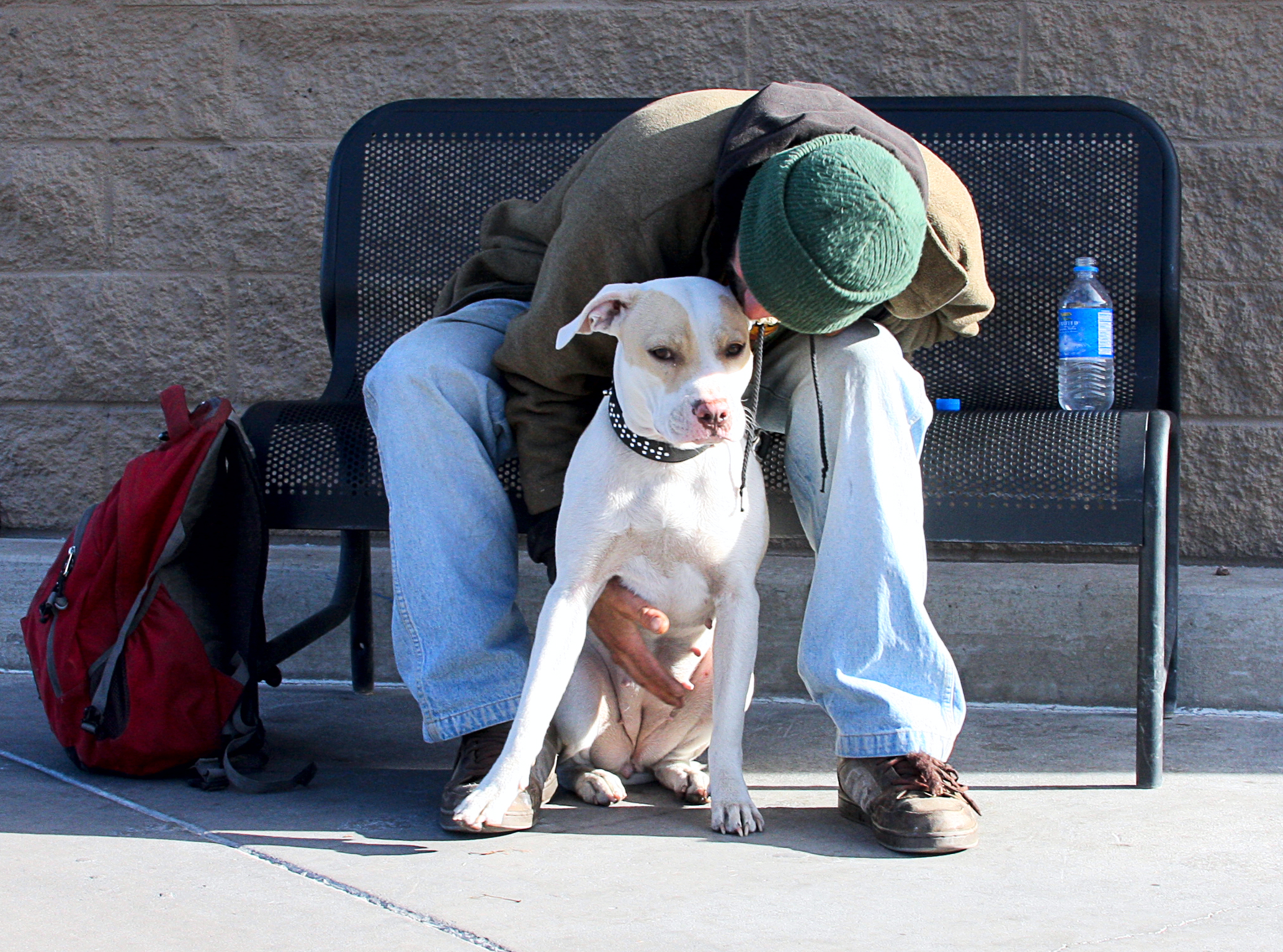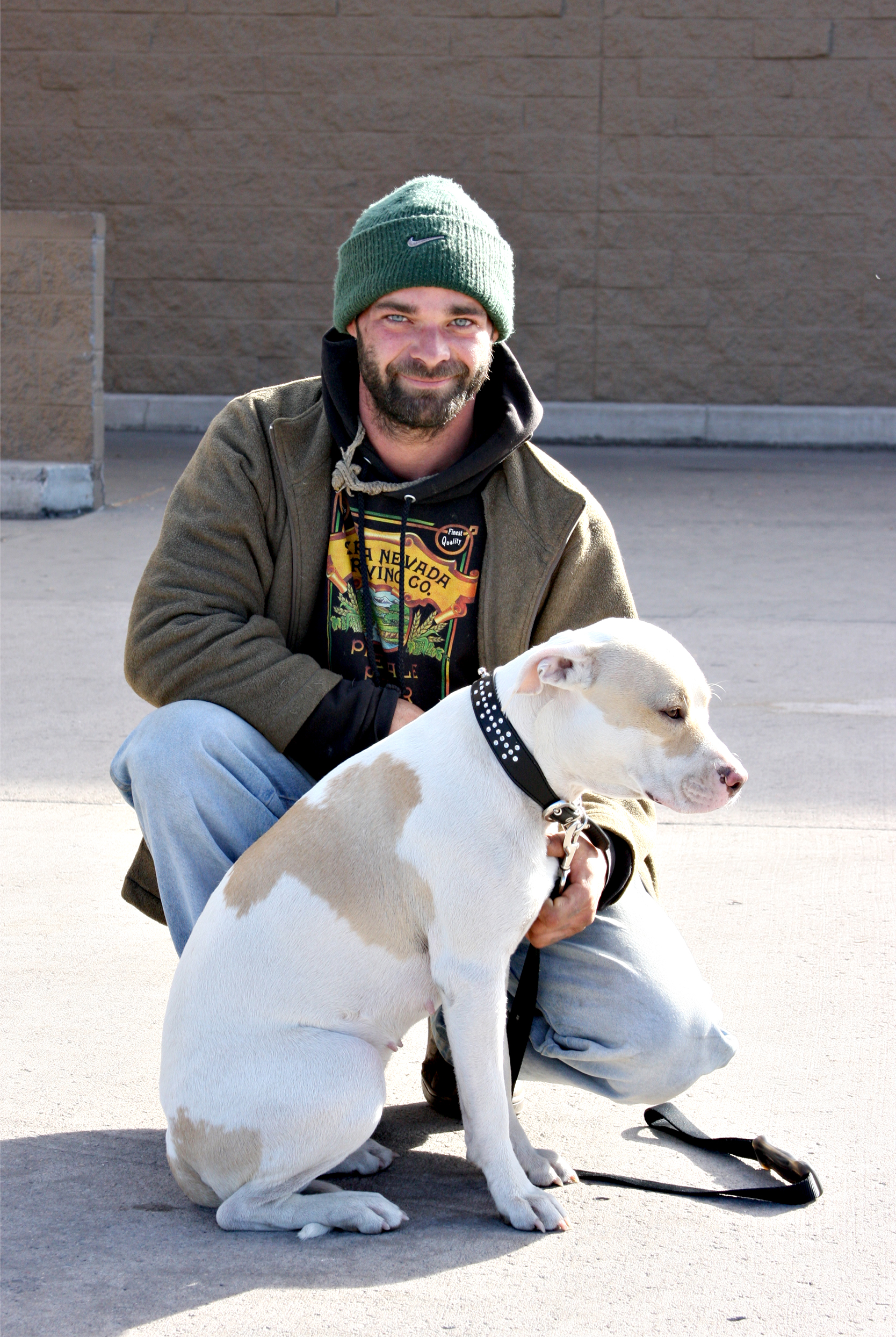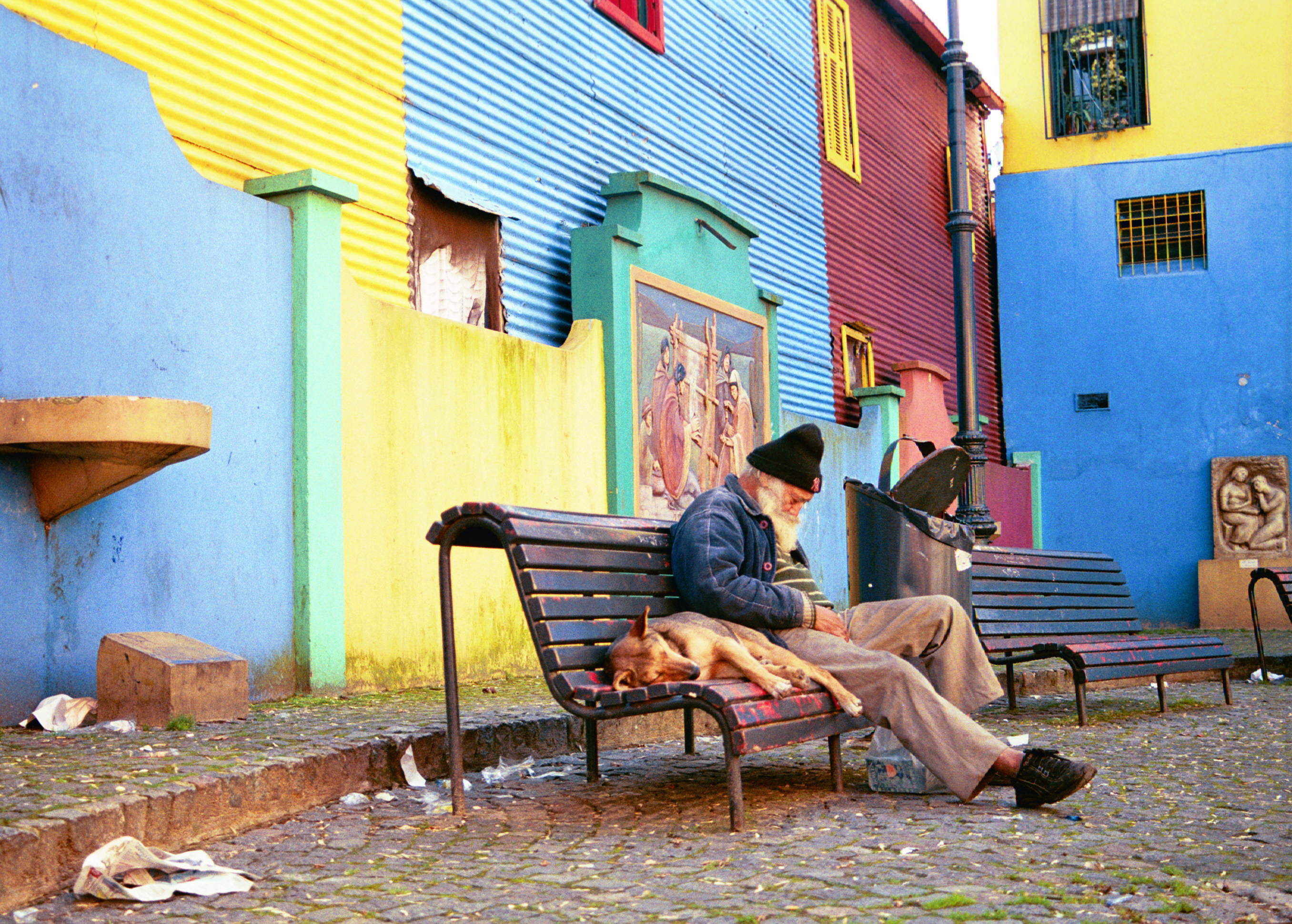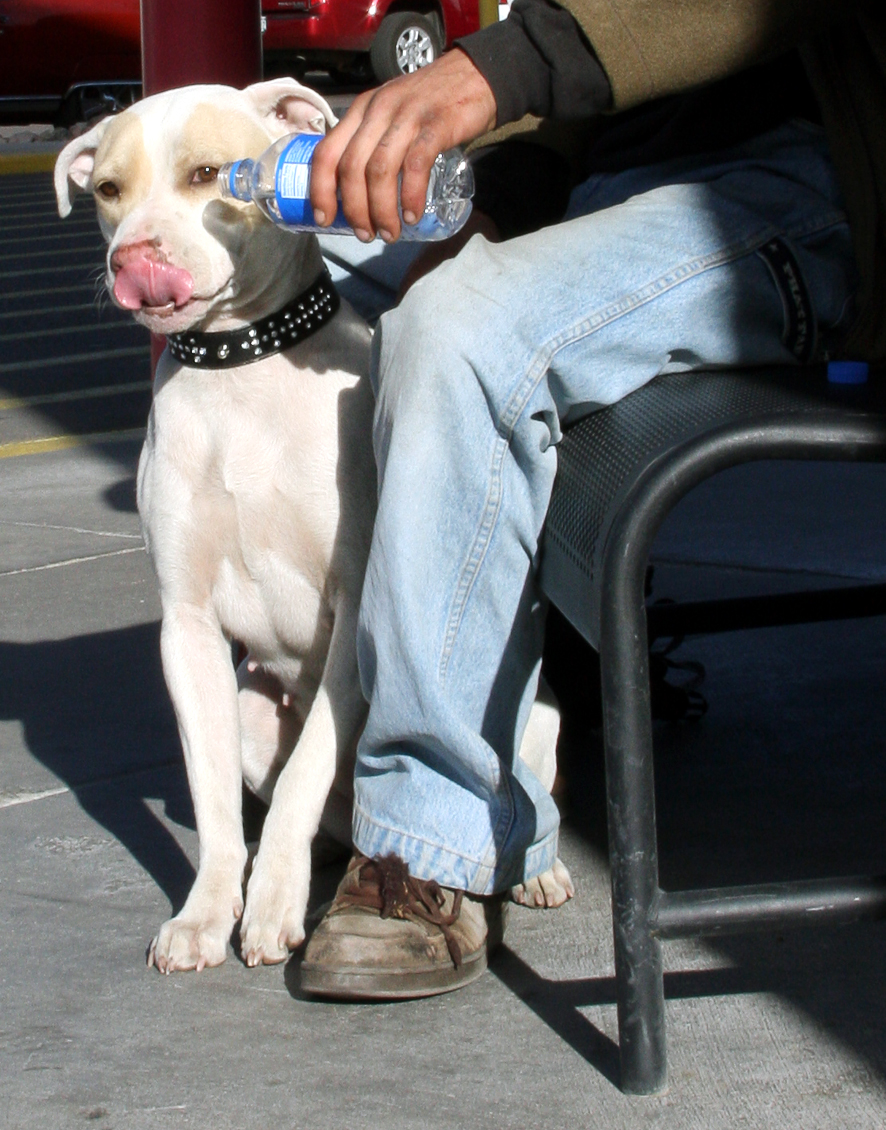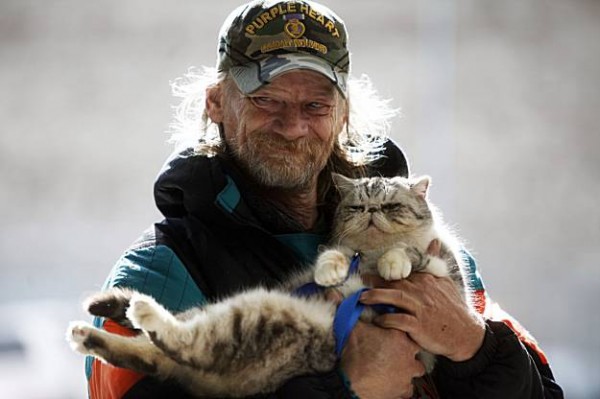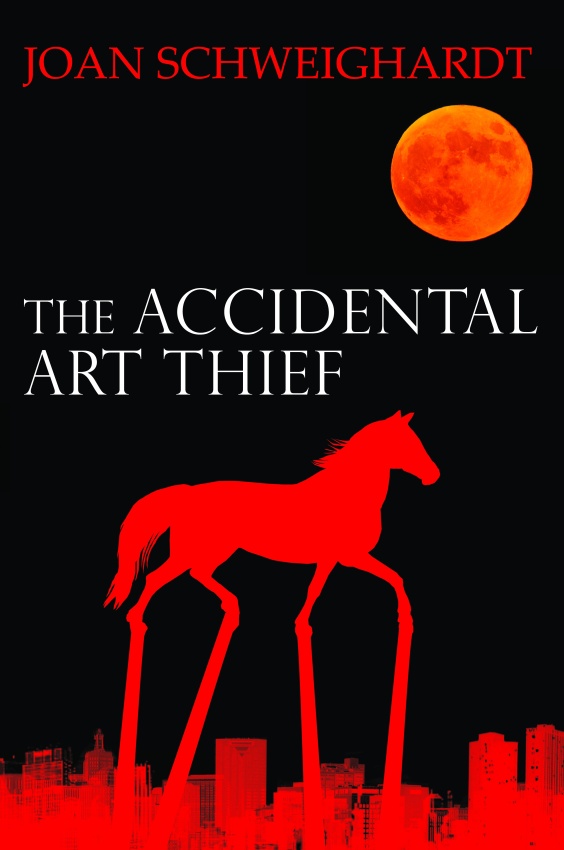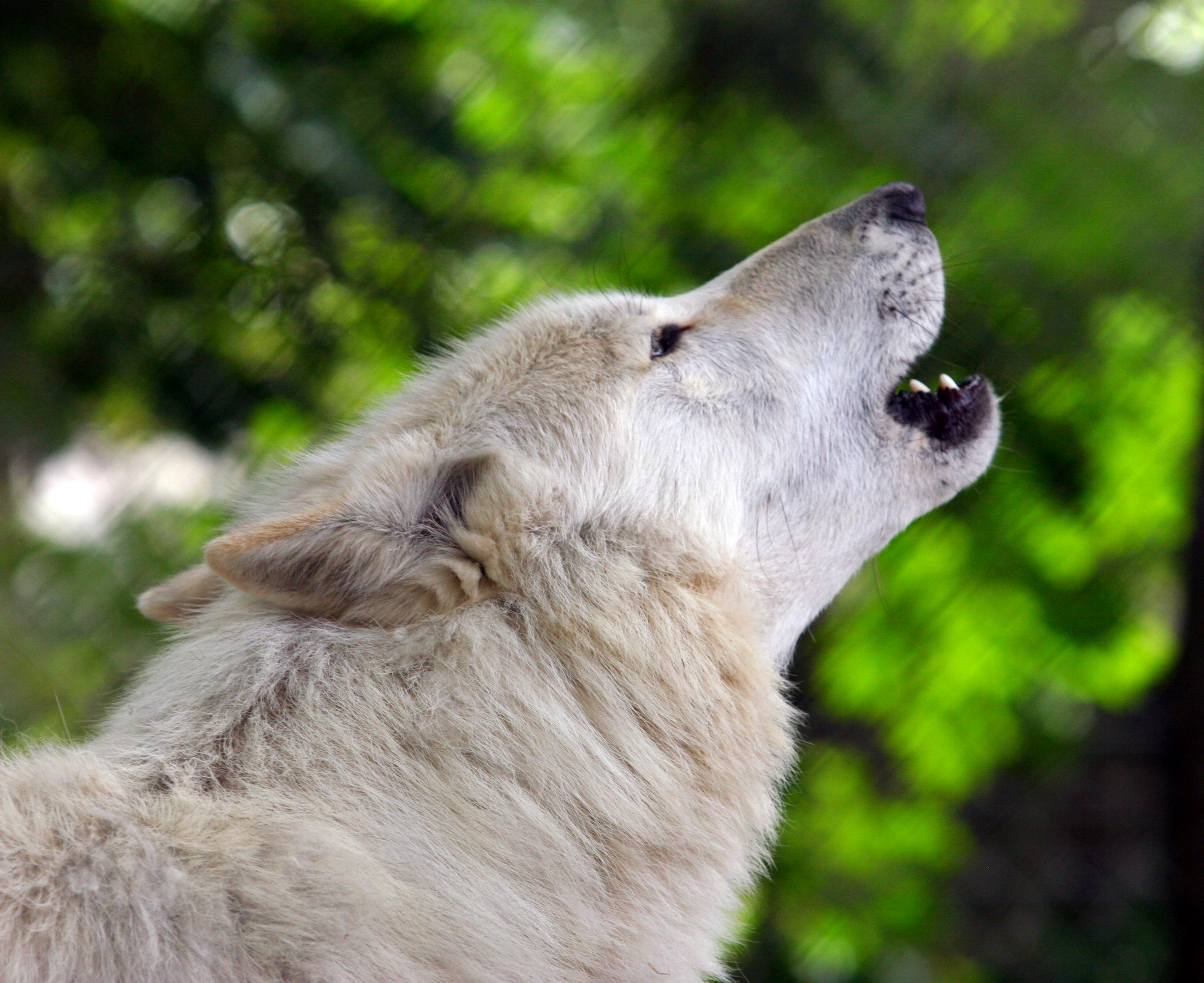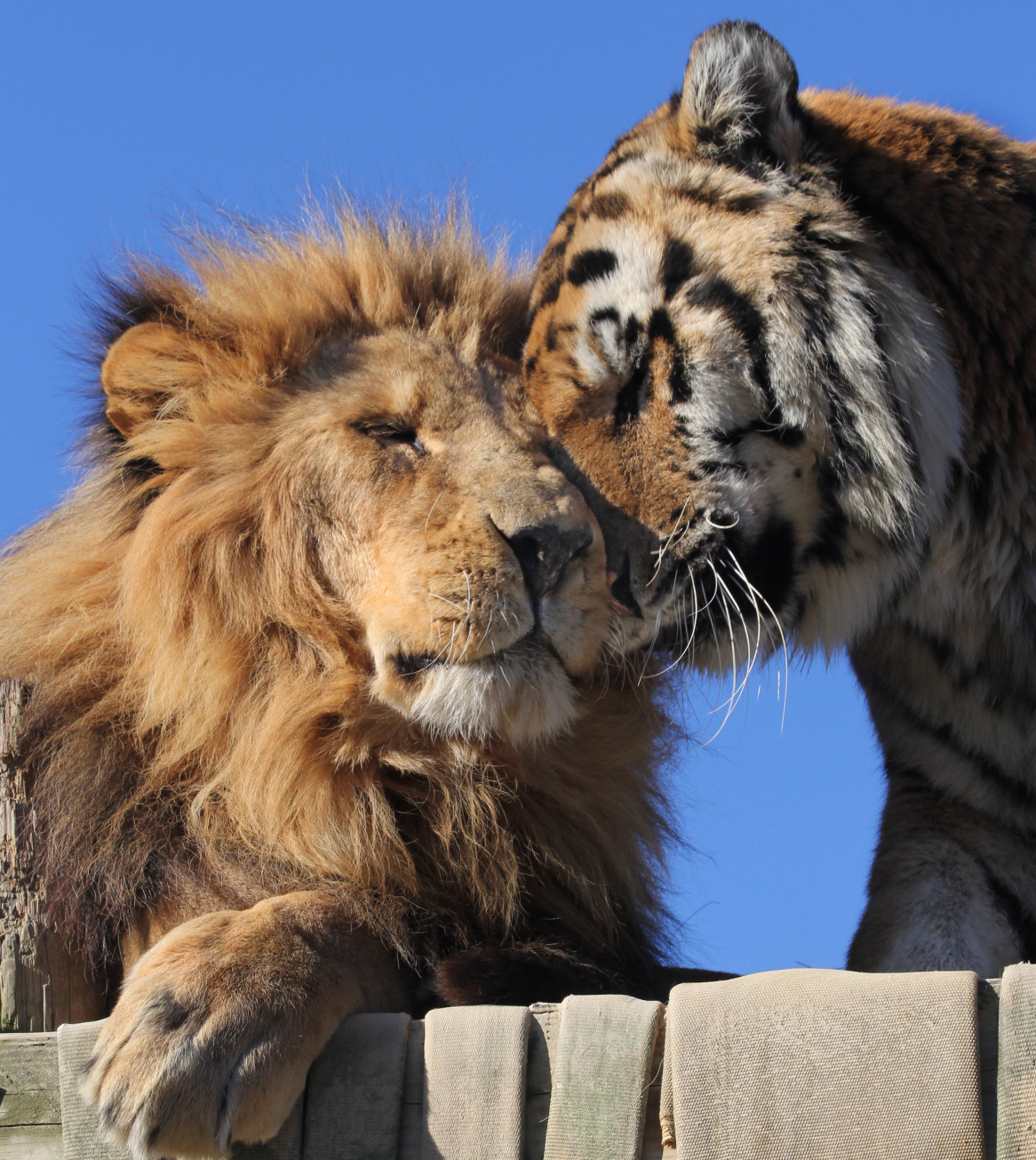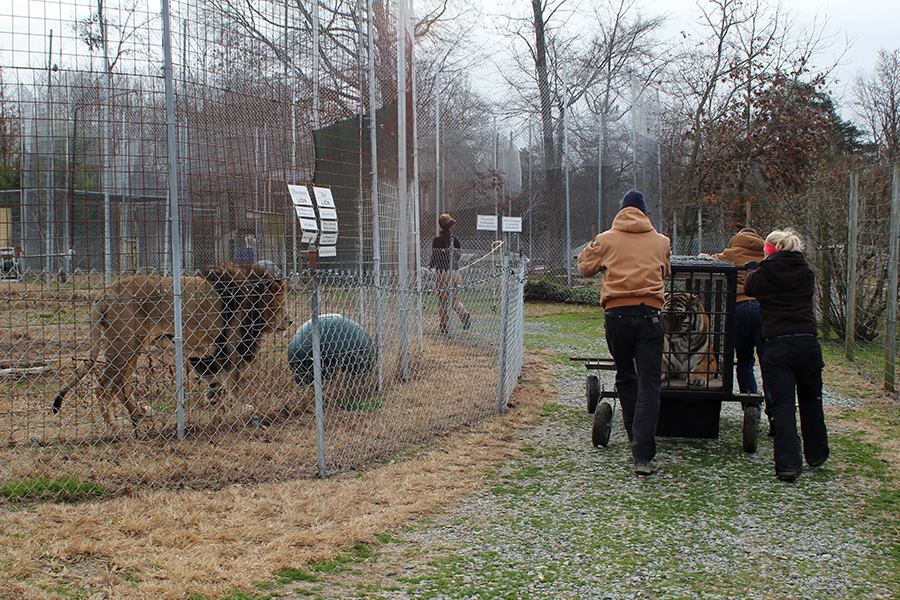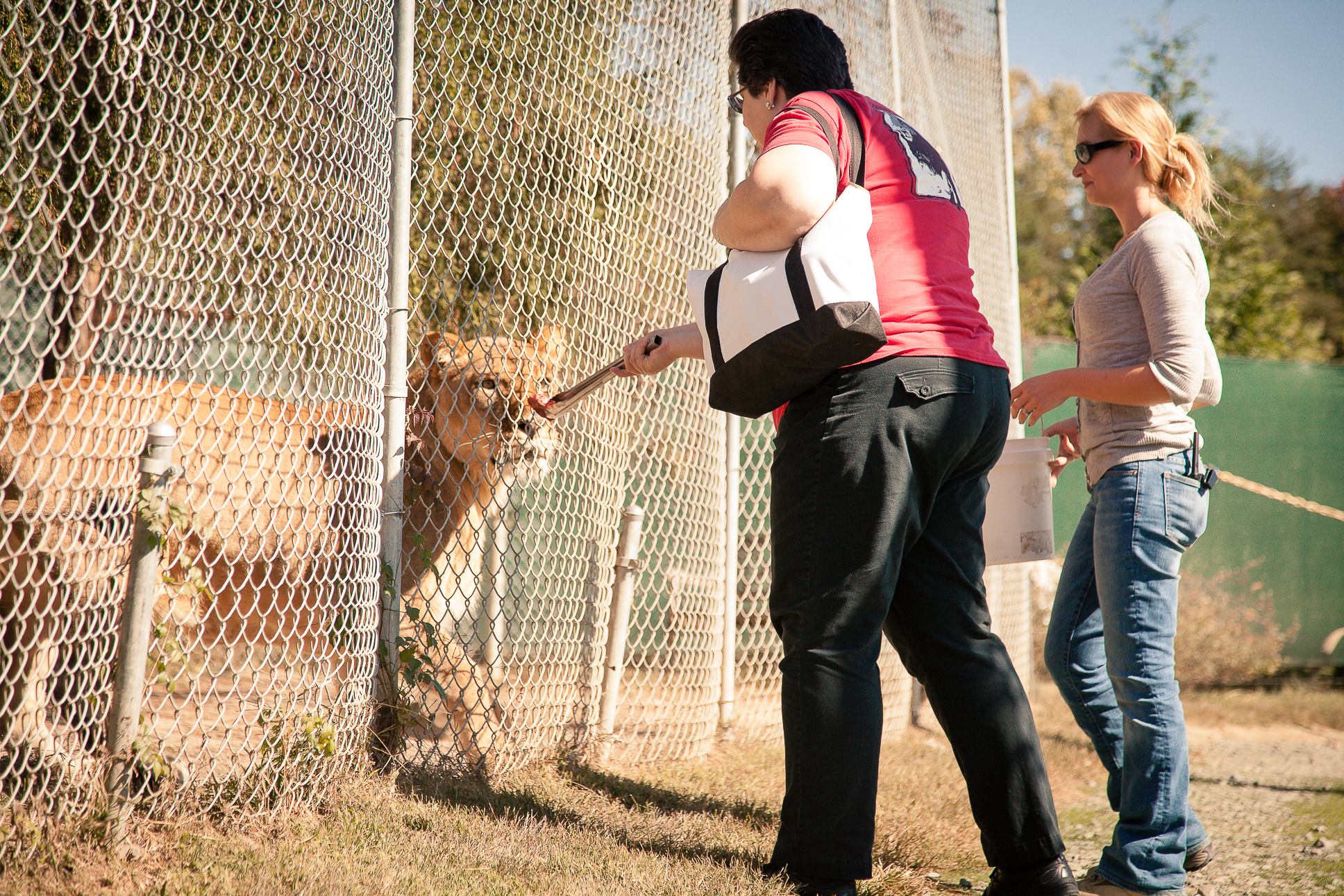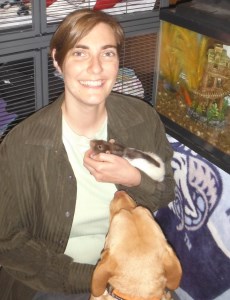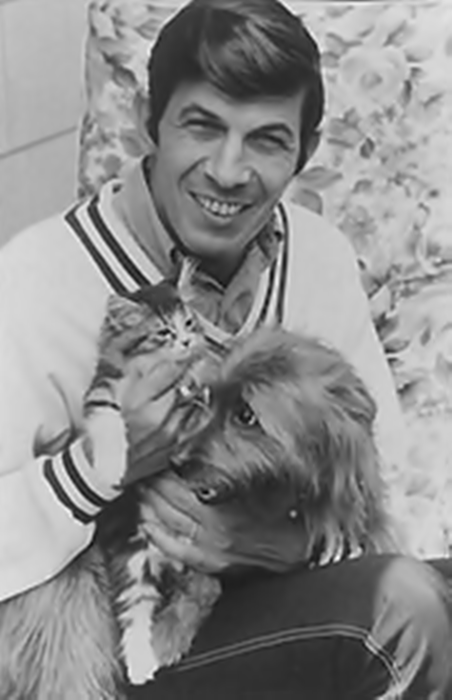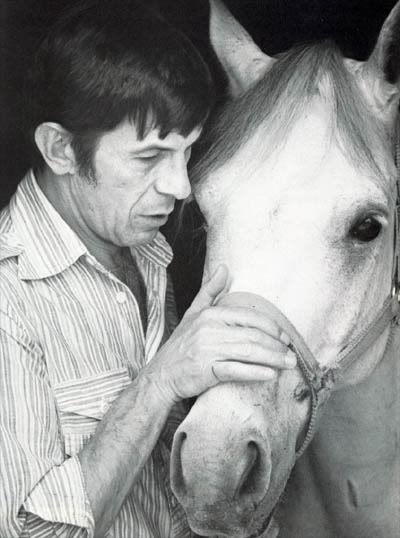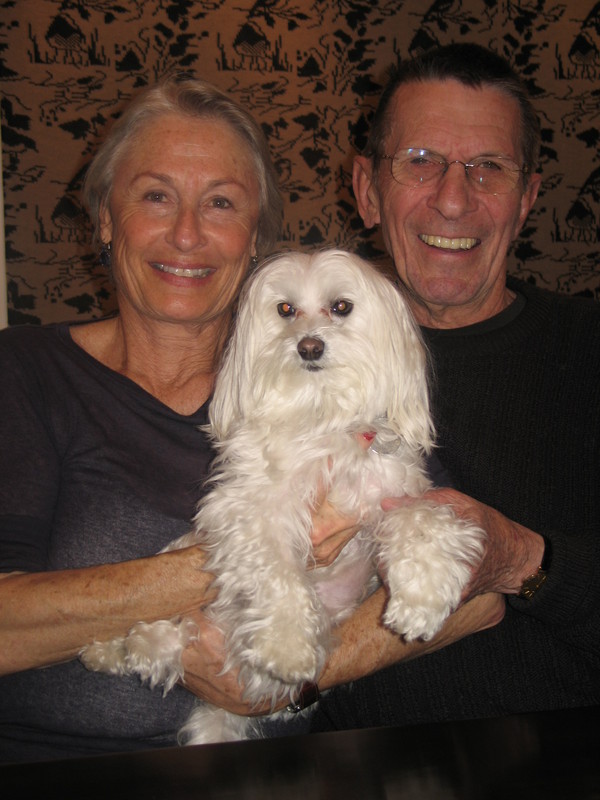Red Pandas at The Cincinnati Zoo
As winter bore down on the Midwest and Northeast, citizens weary of staving off yet another blizzard while reclaiming cars and homes buried under mountains of snow, finally had something to make them smile. This small respite, from a winter that would make even Elsa and Olaf cringe, arrived as NBC News aired the story about two red pandas at the Cincinnati Zoo and Botanical Garden romping in the snow with sheer joy and abandon.
The story was picked up by the wire services and was featured in a variety of news outlets including Wall Street Journal, USA Today, BuzzFeed, and the United Kingdom’s Daily Mail turning these charmers into international, Internet sensations. The video has been making the rounds on Facebook, and, at last count, has garnered over 2.7 million views on YouTube! In case you are one of the few who hasn’t seen this, or if you just need to add an additional dose of cute to your day, the YouTube link follows.
Red Pandas Like The Cold
Let’s find out more about these fascinating and cute animals.
What exactly is a Red Panda?
Well, that is the question that baffled scientists for decades. We can see that the Red Panda or “fire fox” is adorable, fuzzy, and entertaining, but what kind of animal is it? Do you think it might be a bear? Nope, it’s not a bear. It looks like a raccoon; could it be a raccoon? Wrong again. While the Red Panda was previously classified in the families of raccoons (scientific name: Procyonidae) and bears (scientific name: Ursidae), within the past 15 years it was determined that the Red Panda is a unique species, unrelated to the others. It has now been placed in its own scientific family: Ailuridae.
The Red Panda is not even closely related to the Giant Panda. The Red Panda does have a few things in common with the Giant Panda, however. Both species share part of the same habitat, although the Red Panda’s range is larger; they both have an extended wrist bone which acts almost like a thumb that helps them grip; and they both share an appetite for yummy bamboo. That is pretty much where the similarities end.
The Giant Panda resembles a bear and is about the size of an American black bear. A male can weigh up to 250 pounds. However, the Red Panda more closely resembles a raccoon and is about the size of a large house cat. The average size of a Red Panda is 22 to 25 inches and its fluffy tail adds another 15 to 19 inches. Its average weight is 7 to 14 pounds.
Where do they come from?
By now, it should come as no surprise that Red Pandas like the cold. Their thick auburn fur insulates their bodies from the cold and when additional protection is required, they wrap their bushy tails around their bodies to ward off the chill. The Red Panda prefers the temperate climates found in the forests in the foothills of the Himalayas. The temperatures in this region are typically cool and remain that way most of the year. Their range extends from Western Nepal to northern Myanmar. They can also be found in southwestern China in elevations between 4,900 and 13,000 feet. Like Tarzan, the Red Panda spends most if its time in trees. It is very agile and can easily traverse among the limbs. When it time for a snooze, you’ll find the Red Panda dozing high up in the branches. The Red Panda is most active at night where it can forage for food under the protection of darkness.
While Red Pandas are for the most part solitary, they often have overlapping ranges. The home range of a female red panda is often one square mile of area. Males generally live in an area twice that size and sometimes larger during breeding season – usually January through March.
What do they eat?
Red pandas are technically carnivores. They will eat a variety of different foods including eggs, fruit, nuts, and roots. On rare occasions a bird or small rodent may supplement the red panda diet. However, the red panda is primarily an herbivore with a diet consisting mostly of bamboo shoots and leaves.
The Red Panda does not eat all parts of the bamboo. The Red Panda seeks out only the young and tender bamboo shoots and leaves. Bamboo is not easily digestible; therefore the Red Panda has to eat a lot of bamboo to maintain its daily nutritional intake. Surprisingly a Red Panda can eat around 20,000 bamboo leaves in a day.
How cute are those babies?
The answer is – “Very Cute!” After breeding during the winter, mom prepares for an early summer birth of her babies. Before giving birth, mom builds a nest in a hollow tree or bamboo thicket and lines it with moss, leaves and other natural material to make it soft and warm. The Red Panda gestation is about 135 days, which is a really long time for a mammal of its size. Typically they have an only one to 4 cubs in a litter. Babies remain in their nest for about 90 days under the constant care and supervision of their doting mother. (Males take little or no interest in their offspring.) Red Panda cubs stay with their mother for about a year. As the cubs transition to solid foods they eat only bamboo until they are old enough to digest other foods. The cubs grow slowly and reach adult size at about a year old. They reach sexual maturity at around 18 months. There is a very high mortality rate among newborns – estimated to be as high as 80% — since the vulnerable cubs are targets for prey animals. These factors impact population growth. Once the population is threatened, it is difficult for it to bounce back after a period of decline.
What is happening to the Red Panda population?
The IUCN Red List of Threatened Species Version 2014.3 lists the Red Panda as “Vulnerable” which means the population is decreasing, in danger of becoming endangered and threatened by extinction.
Once Again, Humans Encroaching On Precious Natural Habitats Are To Blame
The Red Panda has a few natural predators such as the snow leopard and marten. In addition a number of predatory birds and small carnivores prey on the more vulnerable cubs. However, humans encroaching on precious natural habitats appear to be the primary cause of the Red Panda population decline. A major threat is the loss of habitat due to deforestation for timber, fuel and agriculture. The increasing human populations have affected land that once provided trees for nesting sites and areas of bamboo forests. There is more competition for food and land from domestic livestock. Dogs used to protect herds are threatening the Red Panda nests. Poaching for the pet and fur trades continues to be a problem. I think it’s safe to say that humans are the biggest threat to the Red Panda survival.
Fortunately many of our zoos have taken up the challenge to preserve the Red Panda. Eighty zoos are working with the Species Survival Plan (SSP) and are successfully breeding captive populations. The Red Panda Network works with zoos, local communities and the general public to promote Red Panda conservation. If you are interested in more information about the Red Panda, or would like to find out where you can see a Red Panda near you, check out their website.
Photo Credits:
Cincinnati Zoo and Botanical Garden
Smithsonian, National Zoo
World Wildlife Fund
Cincinnati Zoo and Botanical Garden
IUCN
Karen Borejka, our Wildlife Editor, is a Volunteer Educator for the Cincinnati Zoo and Botanical Garden, and is a member of the Association of Zoo and Aquarium Docents and Volunteers (AZADV). She and her husband Vic are “bi-coastal” with a daughter on the east coast and a son on the west coast. Karen and her husband live in Cincinnati, OH with her mom Helen, and their 5 “fur-children” –2 dogs and 3 cats – all rescues. Karen can be reached through Facebook.







